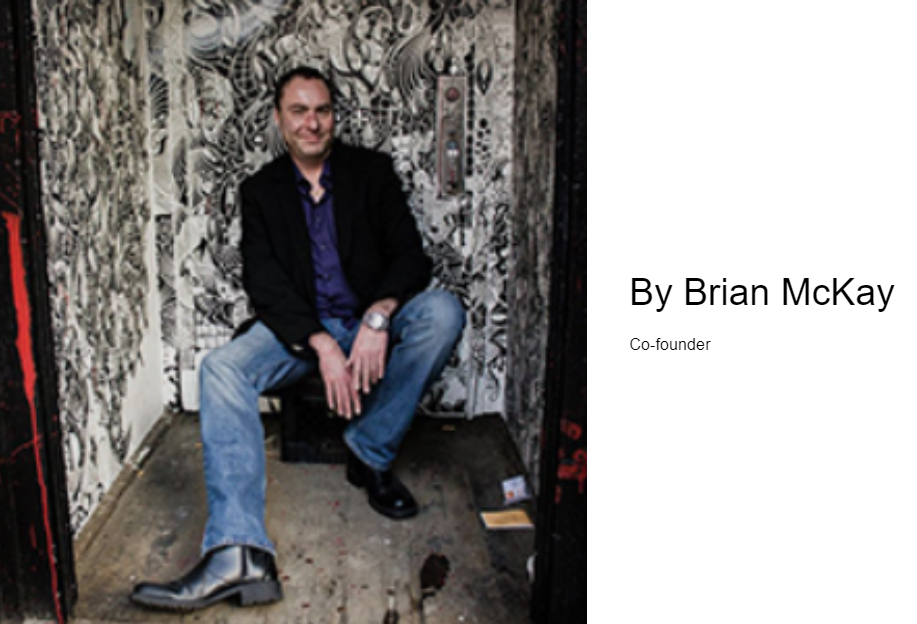There are several factors that can differentiate good champagne from bad. Here are some key points to keep in mind:
1. Quality of grapes: The quality of the grapes used in making champagne is crucial. Grapes that are grown in the best vineyards and picked at the right time produce better quality juice, which results in better champagne.
2. Production process: The traditional method, also known as the "Champagne method," involves a secondary fermentation in the bottle, which creates the bubbles that champagne is known for. The length and temperature of fermentation, as well as the aging process, can all affect the final quality of the champagne.
3. Age: Champagne often improves with age, but not all champagnes are meant to be aged. Non-vintage champagnes should be consumed within a year or two of release, while vintage champagnes can be aged for several years.
4. Brand reputation: Some champagne brands have built a reputation for producing high-quality champagne over many years, and this can be a good indicator of quality.
5. Personal preference: Ultimately, the taste and style of champagne are highly subjective, and what one person considers to be good may not be the same for another. It's important to try different champagnes and find the ones that best match your personal taste preferences.
Here are some of the most well-known and highly-regarded champagnes:
1. Dom Perignon
2. Krug
3. Louis Roederer Cristal
4. Moet & Chandon
5. Perrier-Jouet Belle Epoque
6. Pol Roger
7. Salon
8. Taittinger Comtes de Champagne
9. Veuve Clicquot La Grande Dame
10. Bollinger R.D. Extra Brut
Please note that this list is not exhaustive and there are many other excellent champagnes available from different producers.




